Imperial Citadel of Thang Long
The Imperial Citadel of Thang Long is an outstanding place of interest not only for the Hanoi but also for the country as a whole and was inscribed on the World Heritage List by UNESCO’s World Heritage Committee in 2010.
The Impretical Citadel of Thang Long was built in the 11th century by the Ly Viet Dynasty, when the capital of Vietnam was relocated from Hoa Lu to Hanoi. The Imperial Citadel of Thang Long is the cultural complex comprising the royal enclose area built in the Ly Dynasty and expanded in Tran, Le and finally Nguyen Dynasty.
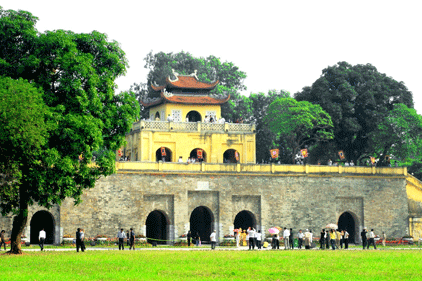
Now, it is located next to Ba Dinh Square, opposite the Ho Chi Minh mausoleum also near many important political buildings including the Vietnamese Presidential Palace.
There are three parts in the Imperial Citadel of Thang Long including:
- Flag Tower of Hanoi on Dien Bien Phu Street within Army Museum area, opposite Lenin Statue & Park, adjacent to the base of the tower is Higland Cafe
- Citadel and Palaces on Hoang Dieu Street including some relics as: Kinh Thien Palace from the Le So Dynasty, with stone steps and balconies carved with dragons made in 1467; Doan Mon Gate, the southern gate of the forbidden city of Thang Long; and relics of Hanoi Citadel from the Nguyen Dynasty with Cua Bac (Northern Gate), Hau Lau (Back Tower).
- 18 Hoang Dieu Archaeological Site on Hoang dieu Street, opposite the Citadel and Palaces was exposed in late 2003 including three layer. The deepest layer contained evidence of building from pre Thang Long period ( 7th – 9th centuries AD) or the Dai La Citadel. The next layer contained architectural traces from the Ly – Tran dynastles ( 11th – 14th centuries AD). The top layer revealed remnanats from the Le dynasty 9 15th – 18th centuries AD).
Unlike other museums in Hanoi, you have a chance to take some photos here but all activities should be quite, not affect to other people and relics.

You can visit all days in the week except Mondays. And you should spend a half day to visit all palaces in the The Imperial Citadel of Thang Long to know more about the history of Vietnam through the Dynasties.
See more
-

Mariamman Hindu Temple
Situated close to the Ben Thanh market, the Mariamman Hindu temple serves the small community of 100 or so Chinese and Vietnamese Tamil Hindus living in Ho Chi Minh City.
-

Ly Quoc Su Pagoda
Located at 50 Ly Quoc Su Street in the Old Quarter, only 50m from St Joseph's Cathedral, Ly Quoc Su Pagoda is one of the oldest ones of its kind in Hanoi
-

Discovery Vinh Hung Ancient Tower
Vinh Hung tower is an ancient and unique architecture that has been preserved in Mekong Delta . The tower has a value about artistic culture and was discovered in 1911 by...
-
.jpg)
Bach Thao Park
Bach Thao means “hundreds of plants” and like its name, the park is one of the few green areas in the increasingly industrialized city of Hanoi. Bach Thao Park or...
-

Dong Khoi Street in Ho Chi Minh
Home to many French colonial buildings, Dong Khoi Street has witnessed many changes in Ho Chi Minh City. During the French occupation, it was the centre of glamour and was...
-
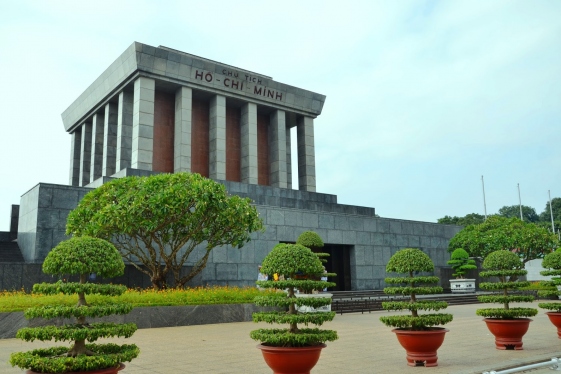
Ho Chi Minh Mausoleum
Ho Chi Minh Mausoleum is one of the most historical attractions in Hanoi , knowing for the final resting place and holding the embalmed remains of President Ho Chi Minh, the...
-
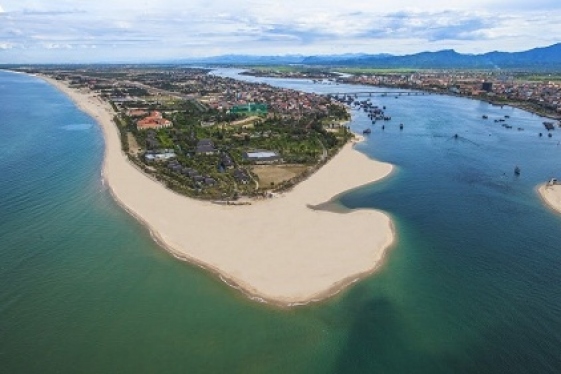
Nhat Le beach - The beautiful beach in Quang Binh
Nhat Le beach has still remains many wild features with white sand, blue sea that create the charming scenery. It is great to enjoy the landscape with clean water, gentle...
-
.jpg)
Water Puppet Theatre
Water puppetry is one of typical stage art of Vietnam culture- showing the intelligence, creativeness of people; being specialty of Vietnam’s wet - rice civilization.
-
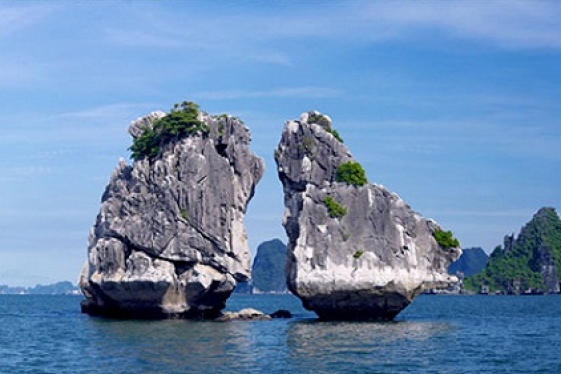
Kissing Rocks
With thousands of islets of different shapes and sizes on its surface, there are countless stories about them in Halong Bay. Among those beautiful islets, there are two most...
-
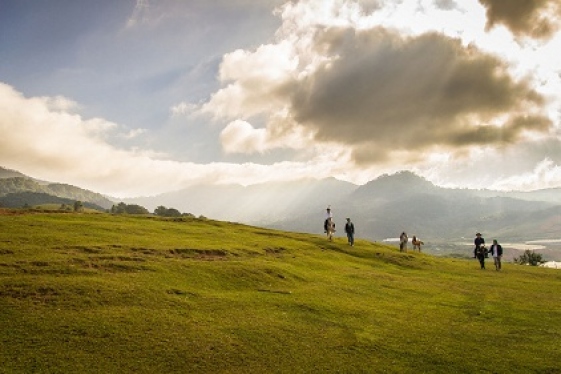
Lang Biang Plateau
Lang Biang is considered as a rooftop of Dalat. To reach the Lang Biang peak mountain, visitors have to walk through the pine forest then open up a majestic landscape....
Destinations
Most popular tours
-

Ho Chi Minh City Stop Over
Price from: 230 US$
-

Saigon Street Food
Price from: 35 US$
-
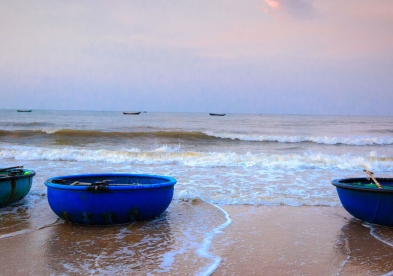
South Vietnam Getaway
Price from: Contact
-

Vietnam Family Holiday
Price from: 1.210 US$
Business info
Vietnam Local Guide
- Address: 18th Floor, VTC Online Tower, 18 Tam Trinh Str.,Hai Ba Trung Dist., Hanoi, Vietnam
- Email: info@vietnamguider.com
- Phone: (+84) 0904989890
- Hotline: (+84) 0904989890